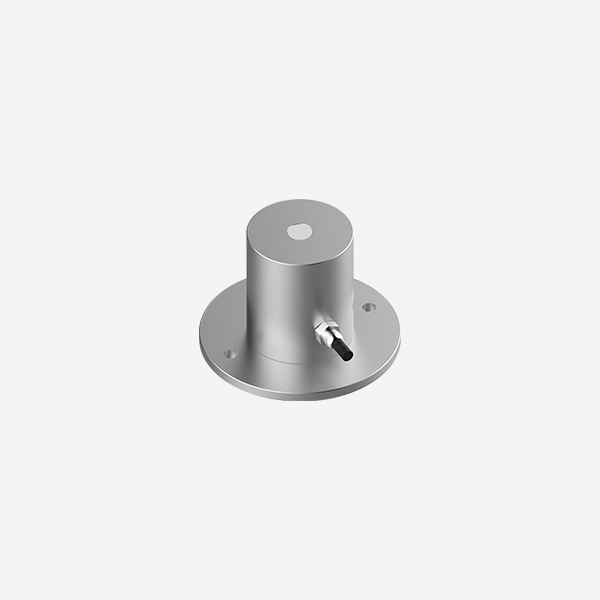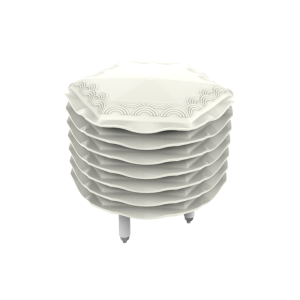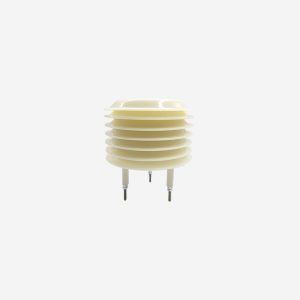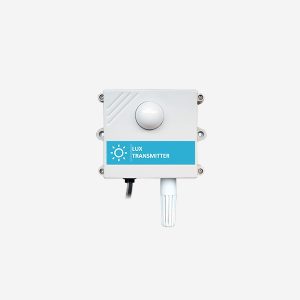| Parameter name |
Parameter value |
| Power supply |
7V~30V DC |
| Output signal |
RS485/4~20mA/0-5V/0-10V |
| Power consumption |
485 output: 0.06W, 4~20mA/0~5V/0~10V: 0.7W |
| Working temperature |
‘-30℃~75℃ |
| Response spectrum |
400nm~700nm |
| Measuring range |
0~2500μmol/㎡·s |
| Resolution |
1μmol/㎡·s |
| Accuracy |
±5%(1000umol/㎡·s, @550nm,60%RH,25℃) |
| Response time |
0.1s |
| Linearity |
≤±1% |
| Annual stability |
≤±2% |
Application:
This par sensor can be used alone for outdoor monitoring of radiation driving photosynthesis, or it can be used with a fixed weather station. Get accurate and cost-effective measurements of photosynthetically active radiation (PAR) from all light sources used to grow plants.
Photosynthetic Active Radiation Sensors are widely used in a agricultural meteorology, crop growth research, and other fields.

Attention:
(1) Please be careful not to connect the wrong line sequence, because the wrong connection will cause the equipment to burn
(2) By default, 1.0 meters long wire is provided. Customers can extend the wire or connect it in sequence according to their needs.
(3) Note that there is no yellow line in the sequence that may be provided in some factory batches. In this case, the gray line is equivalent to replace the yellow line.

FAQs
Here are some frequently asked questions about photosynthetically active radiation sensors, Hope they can help you.
How to install this photosynthetic active radiation sensor?
- Secure the sensor to the mounting bracket using screws through the mounting holes on the sensor
- Make sure the device is parallel to the ground (adjust the hand screw and check the level of the bubble to determine whether it is parallel)
- After installation, remove the protective cover.
What is Photosynthetically Active Radiation?
The spectral components of solar radiation that are effective for plant photosynthesis are called photosynthetically active radiation, with a wavelength range of 380-710 nanometers, which basically coincides with visible light. The proportion of photosynthetically active radiation in the direct solar radiation increases with the increase of the sun’s altitude angle, up to 45%. In the scattered radiation, the proportion of photosynthetically active radiation can reach as much as 60~70%.
Can PAR be estimated from total shortwave radiation?
It is better to measure PAR and total shortwave radiation (PYR); however, PAR can be estimated from total shortwave radiation by using a physically-based model.
How are photosynthetically active radiation sensors calibrated?








Reviews
There are no reviews yet.